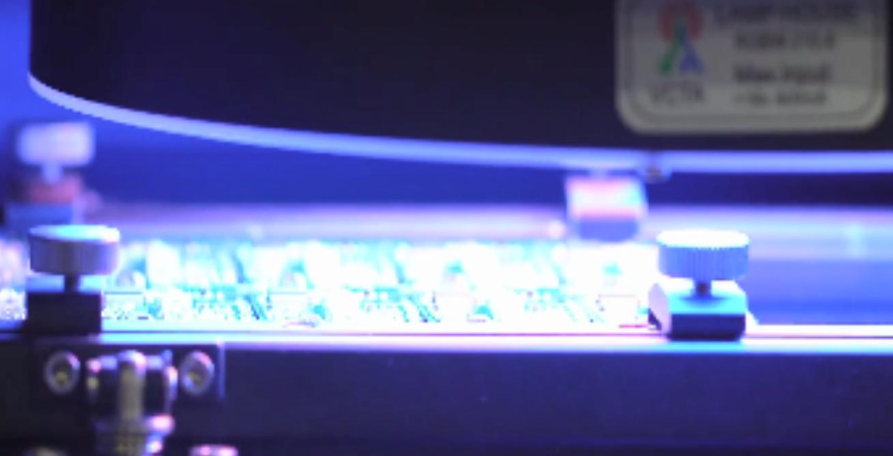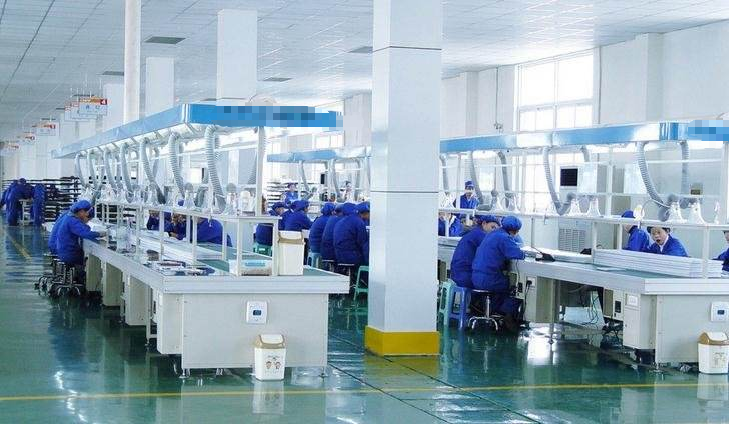There are seven potential aspects of new technologies or trends on the SMT production line. Every one of them pose a significant effect on the success of mounting chip components for products we use in real life. They are automation and intelligence, high-precision and high-speed, modularization and flexibility, energy saving and conservation, integration of system, data driving and production management and novel material and technology. To get started, we will list and give detailed description for each aspect.
First, automation and intelligence. We know that with the development of Industry 4.0, SMT production lines are moving towards automation and intelligence. Automation and intelligent manufacturing are crucial to factory production lines because they enhance efficiency, precision, and productivity while reducing costs and human error. By integrating advanced technologies like robotics, AI, and IoT, factories can optimize operations, predict maintenance needs, and adapt quickly to changing demands. This leads to faster production cycles, higher-quality products, and improved workplace safety, ensuring competitiveness in a rapidly evolving industrial landscape. The application of automation technology can improve production efficiency and reduce human error, while the introduction of intelligent technology can enable equipment to learn and optimize autonomously, further improving production efficiency and product quality.

Second, high-precision and high-speed. As our electronic devices are getting more exquisite and smaller, the miniaturization and densification of electronic products, SMT equipment needs to have higher precision and faster speed.
In general, high-precision and high-speed manufacturing are essential for factory production lines because they ensure consistent product quality, maximize output, and reduce waste. Precision minimizes defects and rework, while speed boosts productivity, allowing factories to meet tight deadlines and scale production efficiently. Together, they enhance competitiveness by lowering costs, improving customer satisfaction, and enabling the production of complex, high-quality goods at scale. The development of high-precision placement heads, machine vision technology, and high-speed placement machines has enabled SMT production lines to handle smaller and denser electronic components, meeting the market demand for high-performance electronic products.
Third, modularization and flexibility. From a whole perspective, modularization and flexibility are vital to factory production lines because they enable quick adaptation to changing product demands and market trends. Modular systems allow factories to easily reconfigure or expand production lines without major downtime, while flexibility supports customization and small-batch production. This reduces costs, improves efficiency, and ensures factories can respond swiftly to customer needs, maintaining a competitive edge in dynamic industries. Also, distributing tasks into modules is one of the ways to alleviate the pressure of the entire production line. As a result, in order to adapt to rapid market changes, SMT production lines have begun to adopt modular designs, allowing production lines to be flexibly configured according to the needs of different products. This modular design not only improves the flexibility of production lines, but also reduces the cost of equipment upgrades.

Fourth, energy saving and conservation. Energy saving and conservation are crucial for factory production lines because they reduce operational costs, minimize environmental impact, and enhance sustainability. Efficient energy use lowers utility expenses, improving profitability, while compliance with green regulations avoids penalties. Additionally, sustainable practices boost a company’s reputation and align with global efforts to combat climate change, ensuring long-term competitiveness in an eco-conscious market. What’s more significant is that it is against the backdrop of growing global environmental awareness. SMT production lines are also moving towards energy conservation and environmental protection. Environmental protection processes such as the use of low-energy materials, optimization of thermal management systems, and reduction of waste emissions ensure that the entire production process complies with strict environmental standards.
Fifth, integration of system. The integration of systems is crucial in an SMT factory production line because it ensures seamless coordination between machines, software, and processes—boosting efficiency, accuracy, and traceability. Connected systems enable real-time monitoring, automated data exchange, and quick error detection, reducing defects and downtime. This synchronization improves yield rates, optimizes material flow, and supports smart manufacturing, ultimately enhancing productivity and product quality in high-speed PCB assembly. Not only this, SMT production lines are moving toward system integration, integrating multiple links such as welding, testing, and sorting to achieve automation and intelligence in the production process. This integrated production model can improve production efficiency, reduce production costs, and simplify production processes.

Sixth, data driving and production management. Data-driven production management is essential in SMT factory lines because it enables real-time monitoring, predictive maintenance, and process optimization. By analyzing production data, factories can identify inefficiencies, reduce defects, and improve yield rates. Smart decision-making based on data trends minimizes downtime, enhances quality control, and ensures consistent output, making the SMT line more agile, cost-effective, and competitive in high-precision electronics manufacturing. On the other hand, equipping big data analysis and artificial intelligence technology, SMT production lines can achieve real-time analysis and remote monitoring of production data, which helps improve equipment operating efficiency, reduce failure rates, and enhance equipment maintenance and management levels.
Last, novel material and technology. The adoption of novel materials and technologies is critical in SMT factory lines because it enhances performance, reliability, and miniaturization of electronic assemblies. Advanced materials, such as high-performance solders and low-loss substrates improve thermal and electrical properties, while cutting-edge technologies, such as laser-assisted printing and AI-driven inspection boost precision and speed. This innovation ensures compatibility with next-gen electronics like 5G and IoT devices we use daily, reduces defects, and future-proofs production, maintaining competitiveness in the fast-evolving electronics industry. Looking across the field, with the development of emerging fields such as new energy vehicles and high-power IGBT devices, SMT production lines are also exploring the application of new materials and new processes, such as sintered silver technology, to improve packaging reliability and performance.

To conclude, the application of these new technologies and trends has not only improved the production efficiency and product quality of SMT production lines, but also promoted the development of the entire electronics manufacturing industry towards intelligence, greening, and high-end.





